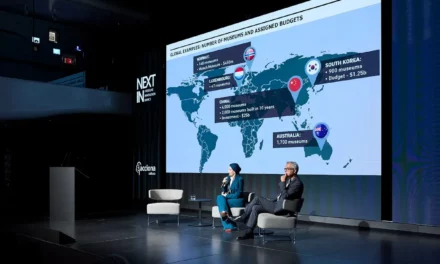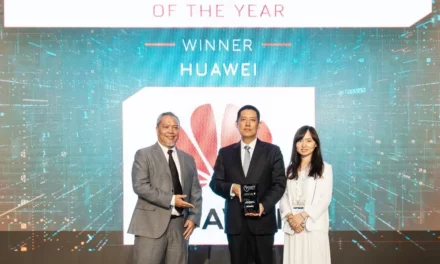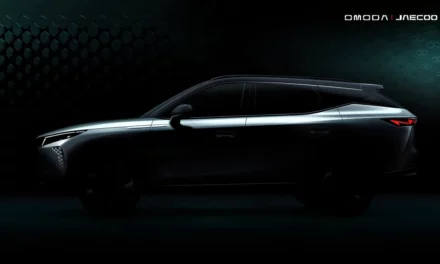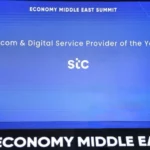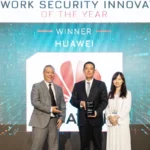
US-China Tech Competition: AI and Beyond
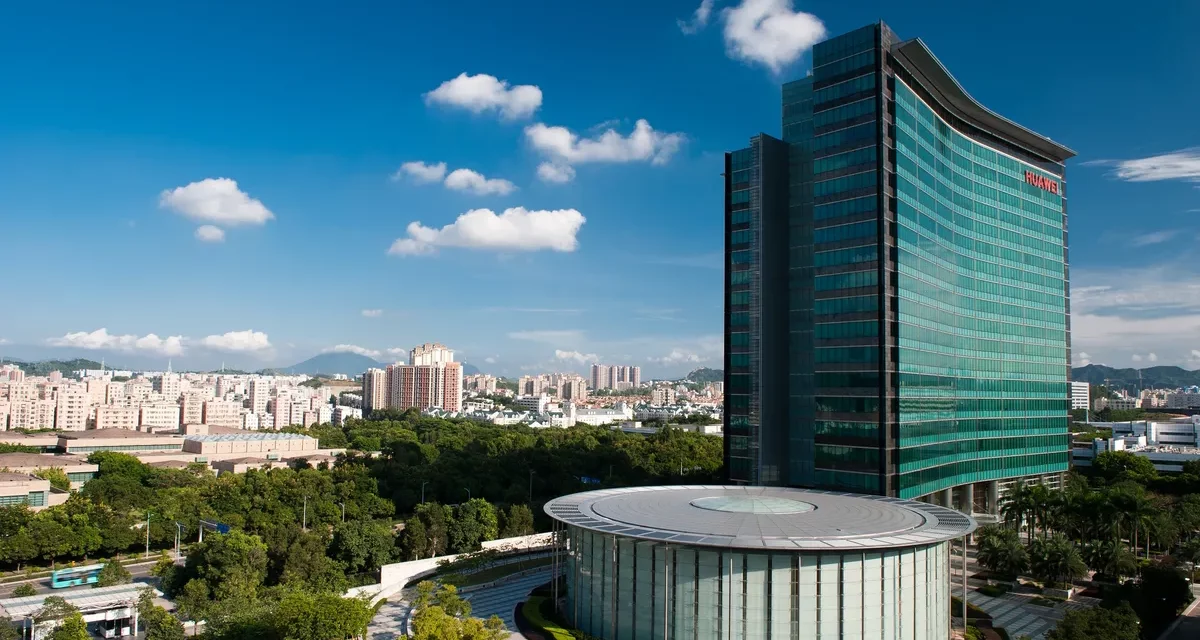
A recent study funded by the United States Department found that China has a “stunning lead” in 37 out of 44 critical and emerging technologies as Western democracies lose the global competition for research output. China had established a remarkable lead in high-impact research under government programs. Over the past five years, China generated 48.49% of the world’s high-impact research papers into advanced aircraft engines, including hypersonics, and it hosts seven of the world’s top 10 research institutions.
The two superpowers have for years vied for supremacy in areas such as chipsets, 5G, and 6G technology, which are the foundation for the digital economy. However, a new arena of competition has emerged in recent years – artificial intelligence (AI).
AI is a technology and a strategic asset that can transform various industries and sectors, such as healthcare, education, transportation, and security. Further, integrating AI with other key technologies, such as cloud computing, big data, and 5G, boosts their efficiency and value. However, the US and China are competing in developing and deploying AI solutions and setting up the standardization scope for AI, which can influence the global norms and principles for this emerging field.
The US-China dispute shows no signs of abating, leading many Chinese companies to rely on their resources and capabilities. President Xi Jinping has urged the nation to continue striving as a global tech power while strengthening its self-reliance in science and technology. China’s National Development and Resource Commission (NDRC) said it would accelerate the construction of hard tech infrastructure, including artificial intelligence, 5G, and big data. Technology executives and China’s science and technology policies aim to build its strength and self-reliance. At the same time, the role of the government in pooling resources for key technological breakthroughs continues to be necessary.
Huawei is a clear example of this strategy. The US government placed it on the Entity List in 2018, banning US companies from doing business with Huawei without a special license. The US has also used national security pretexts to lobby its allies to exclude Huawei from their 5G networks. During the first half of 2023, Huawei announced that it relied on its resources and replaced the legacy ERP system with an in-house MetaERP system, which it has complete control over.
Huawei reported positive revenue growth for the first half (H1) of 2023, seizing opportunities in digitalization, intelligence, and decarbonization in multiple industries. The progress comes amid intense US-China competition in technology, which has led to political disputes that have ensnared Chinese companies, including Huawei.
Return to growth
Huawei has shrugged off these challenges to demonstrate resilience and optimism in its business performance. The company reported that its revenue for the first half of 2023 climbed to $42.9 billion, an increase of 3.1% year-on-year. The company said 2023 saw business back to normal, driven by its approach to relying on resources, away from the now restricted US technology.
The company has been investing heavily in foundational technologies to harness trends in digitalization, intelligence, and decarbonization, focusing on creating new values for the future of humanity. Huawei recently revealed various initiatives to strengthen its leadership position in new technology arenas. Its mobile division announced the imminent launch of 5G devices while its carrier business spearheads 5.5G developments worldwide, with products based on 5.5G available next year. Observers also say the company is making progress on advanced chipsets. This evolution demonstrates a winning line of business growth despite US restrictions on Chinese technology.
Moreover, Huawei has been expanding its business from its traditional domains of telecom networks and consumer devices to new areas such as cloud computing, digital power, and electric cars. The company expects new revenue streams from these new businesses and a boost in its global competitiveness.
Innovation drives new opportunities.
Huawei’s ability to synchronize and integrate AI with other technologies, such as cloud computing and 5G, is one of the key factors behind its success. The company has showcased several examples of how AI can create value and impact for different industries and scenarios. For instance, Huawei developed Pangu, a model that uses AI to improve weather forecasting and medicine production. The company also helped build Tianjin Port, the world’s first intelligent, driverless, zero-carbon terminal.
China is also making strides in the electric car industry, crucial to future mobility and sustainability. Chinese carmakers such as BYD, NIO, Xpeng, and Li Auto have gained popularity and market share at home and abroad. Huawei, a late entrant in the automobile space, is already seeing tremendous progress.
Industry experts say Huawei’s dedication to research and innovation drives its success. The company has continued strengthening investment in R&D, with an annual expenditure of $23.22 billion in 2022, representing 25.1% of its yearly revenue and bringing its total R&D expenditure over the past ten years to more than $140.55 billion.
The US-China tech competition will likely intensify in the coming years as both countries seek an edge in AI and other emerging technologies. However, the outcome of this competition will depend not only on each side’s technological capabilities but also on other governments’ political decisions. To fully leverage the digital revolution, nations should pursue technology neutrality away from negative political influences.
Technology is today part of the Middle East’s national socioeconomic landscape enshrined in various national visions. It should be based on open and fair standards, regulations, and markets, allowing for healthy competition driven by innovation and open stakeholder collaboration. Technology should also be used for the benefit of humanity and the environment rather than for conflict and confrontation.
Public-private partnerships are the way forward to drive innovations and elevate technology input for humanity’s future well-being. The West, China, and other countries should work together to foster a constructive and cooperative tech environment that can create win-win outcomes for all parties.



